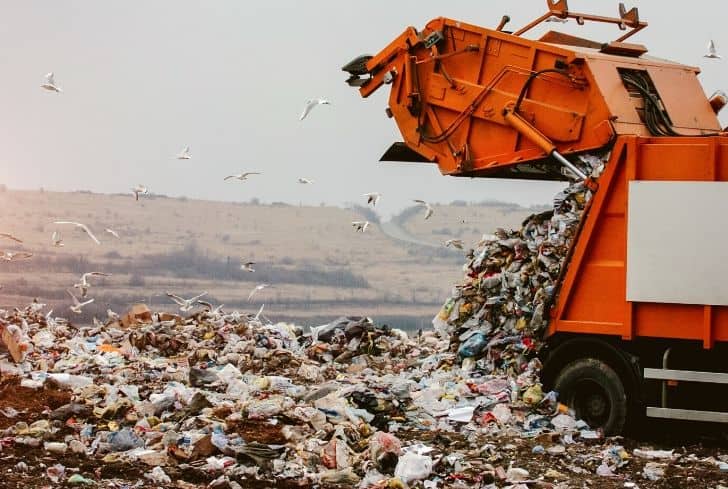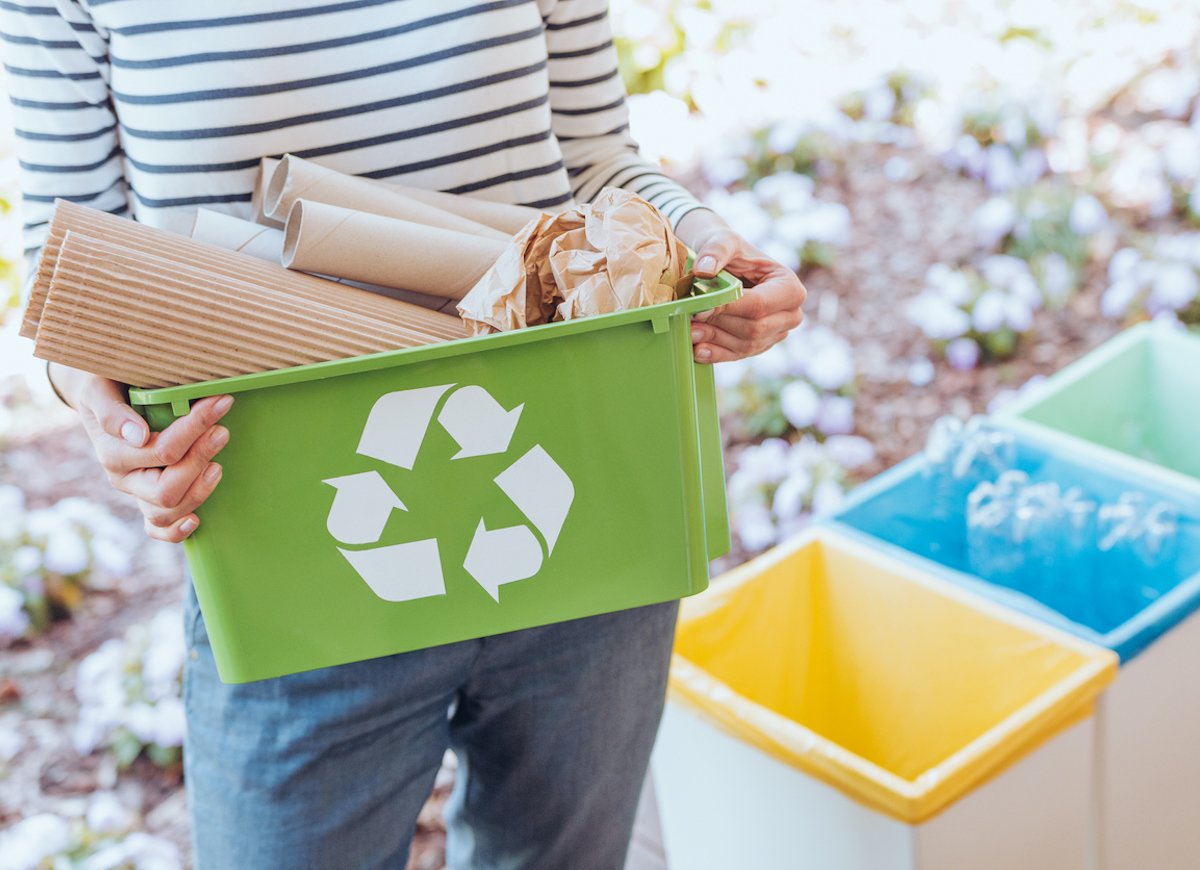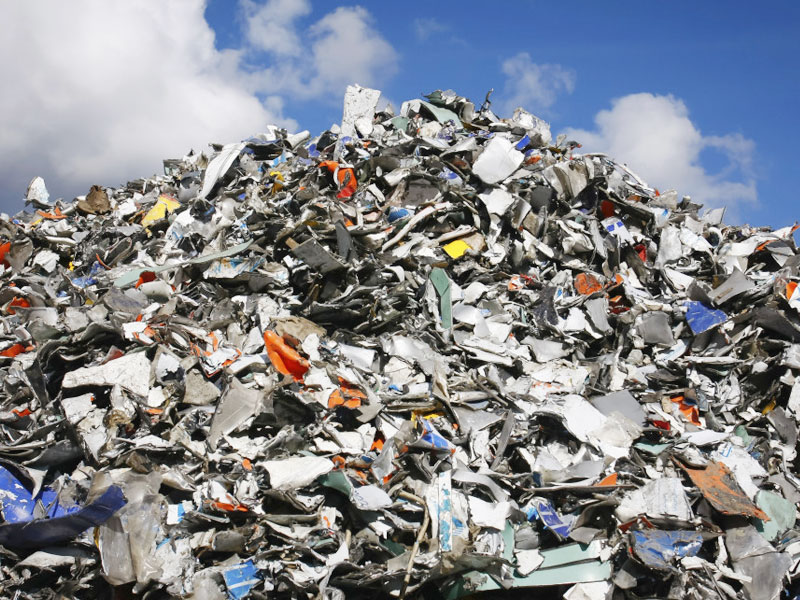MATERIAL RECOVERY FACILITY (MRF)
Material Recovery Facilities: Types, advantages, and disadvantages
One of the responsibilities of the Urban Local Bodies (ULBs), as highlighted by the Solid Waste Management Rules 2016, is setting up material recovery facilities (MRFs). An MRF, also known as a material reclamation facility or materials recycling facility, is a plant that separates and prepares single-stream recycling materials to be sold to end buyers.
At these MRFs, sufficient space is provided for the sorting of recyclable materials to enable informal or authorized waste pickers and waste collectors to separate recyclables from the waste. They also provide easy access to waste pickers and recyclers for the collection of segregated recyclable waste such as paper, plastic, metal, glass, or textile.
Materials recovery facilities sort a wide range of recyclable materials like plastics, cardboard, paper, newspapers, magazines, office paper, mixed paper, etc, glass bottles and jars, metal containers, aluminum, and steel cans and cartons.
Advantages of MRFs
As per the Swachh Bharat Mission advisory. On MRFs for Municipal Solid Waste, “recycling prevents a significant fraction of municipal, institutional, and bulk waste from being dumped or disposed of in landfills and results in the availability of scarce resources as well as reducing environmental impacts and the burden of waste management on public authorities”.
The advisory further mentions that “if the necessary market mechanisms are established, recycling can generate revenue, contributing to the cost recovery in the municipal solid waste service provider. It helps the ULBs by reducing waste volumes and results in cost savings in the collection, transportation, and disposal infrastructure, longer life span for landfills/reduced requirement of land, reduced environmental management efforts, and generates livelihood opportunities for informal, local vendors/recyclers in the recycling industry”.
Types of MRFs
MRFs may be publicly or privately owned and operated, or publicly owned and privately operated. Many cities also have jointly owned and jointly operated MRFs.
There are two types of MRFs -- clean MRFs and dirty MRFs.
• A clean MRF accepts commingled blue bin materials (dry waste) that contain mostly recyclables with some mistakenly included trash. A dirty MRFprocesses household or commercial trash that most likely contains a low percentage of recyclables.
• Clean MRFs can capture recyclable materials that would have been missed because consumers or workers at a business placed it in the trash rather than in a blue bin. However, a dirty MRF can require considerably more manual labor for sorting and can result in the contamination of some materials.
• The recovery rate of recyclable material from a clean MRF is high. On the other hand, the recovery rate from a dirty MRF is much lower, not more than 30%. Dirty MRF material is also much heavier, because of the presence of organic material in the trash.
Disadvantages of MRFs
• Clean MRFs struggle with a variety of unrecoverable materials, especially plastic bags. Dirty MRFs, on the other hand, may contain potentially hazardous objects, which must be removed at the beginning of processing.
• Unwanted materials increase the need for manual sorting, which increases inefficiencies for MRF operators and the communities they serve.



